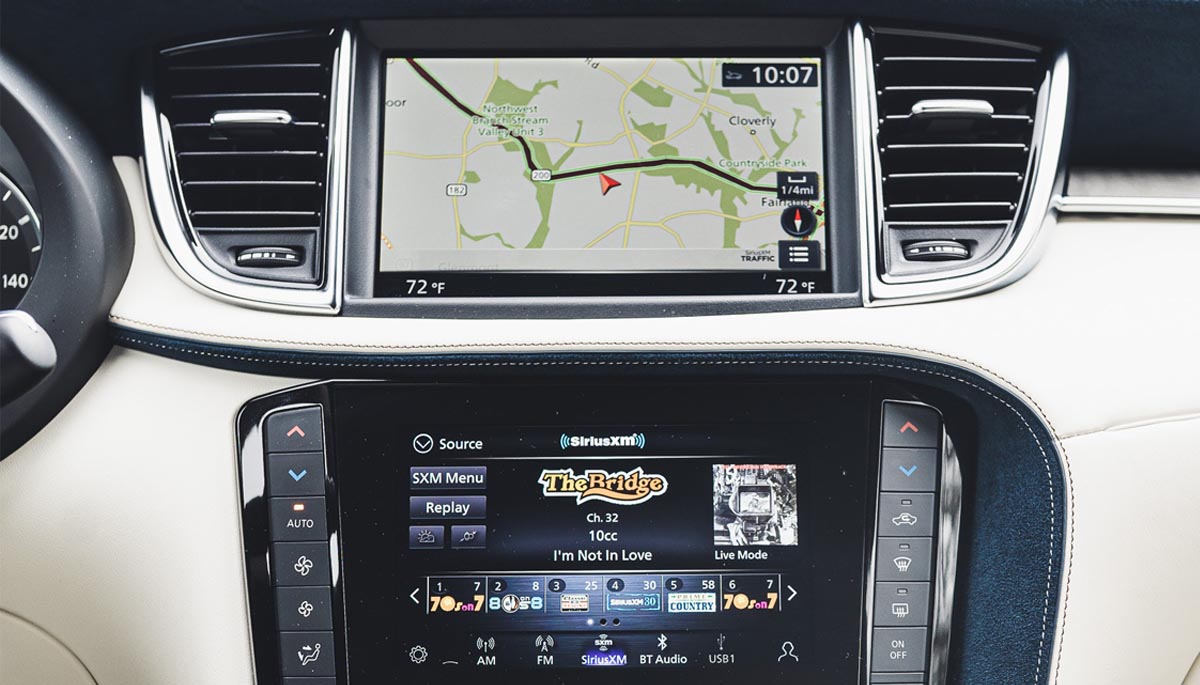In the last few years, the demand for dash cams has increased significantly. These in-car cameras are incredibly useful in various situations and are utilised all over the world by driving instructors, taxi and bus drivers, and police officers, as well as regular people using the roads to get around every day. These small cameras are designed to be mounted on the dashboard of your car and will record sounds and images as you drive.
Dash cams run through a 12v power source by being plugged into the car’s cigarette lighter, or by being hardwired to a car’s power supply. They usually use ‘loop recording’, which means that when they run out of space on the SD memory card they will rewrite over the oldest footage.
Below are a number of key advancements that have been made in dash cam technology in recent years.
9 Super Cool Features that you should pick while choosing a Dash Cam
Higher Quality Recording Capabilities
Many people associate dash cams with blurry footage of car accidents or near-misses, but that low-resolution footage is a thing of the past. Dash cam technology has improved drastically, and most cameras now guarantee HD quality footage. In-car cameras are now able to shoot continuously in 4K at 30fps and with a 140° wide-angle lens. This advanced technology ensures that essential details will not be missed in the unfortunate case of a car accident. Certain dash cams also have a polarising filter to reduce windscreen glare and record clearer images in direct sunlight.
Touch Screen and Voice Recognition
Dash cams are even easier to use now as many come with user-friendly touch screens. This feature makes the cameras much easier to navigate, and several even have options to edit your videos on the camera itself before sending the clips to other devices. Some dash cams have built-in Alexa Voice Control, which allows you to use a number of voice commands to control the camera but also to easily ask for directions, check the weather, and control your smart devices.
Image Stabilisation
Image stabilisation technology is designed to significantly reduce camera vibrations from your vehicle and provide a smooth, high-quality image, which is not only useful for documenting potential accidents but also for capturing extraordinary footage of scenic road trips that can later be used for epic time-lapses or simply just to relive the journey.
Night Vision and Extreme Weather Features
Dash cams with Night Vision mode are capable of automatically detecting light levels and enhancing the image as it’s being recorded, ensuring that all the critical details are documented, even on the darkest roads. Extreme weather features mean that the dash cam will use built-in algorithms to provide the clearest image even in foggy or misty weather. In the event of an accident taking place due to dangerous conditions, you can still feel confident that your dash cam will have picked up number plates and other vital details that could later be imperative in police reports or even a court case.
Advanced GPS Tracking
GPS systems in dash cams can now detect your speed and also keep track of your exact route and some will use up to two satellite systems combined to give you the most accurate and reliable GPS fix. Several dash cam models have the capacity to capture 10 data readings, guaranteeing that the trace shown on Google Maps is both precise and smooth.
Emergency SOS and Location Finding
This is probably one of the most important features to have made critical advancements recently. Certain dash cam models have the what3words app integrated into their systems. This popular app has divided the world into three metre squares that each have a unique combination of three words, guaranteeing that your location can be narrowed down precisely in the case of an emergency. When combined with your in-car camera, this feature allows Emergency Services to find you even if you are in an area with no reception. It can also alert paramedics to your medical history, blood type, and allergies if you are unable to provide these details yourself.
Parking Mode
Various dash cams have this key feature, which allows the in-car camera to automatically sense any bump or physical movement on your vehicle when it is stationary and begin to record without the car needing to be turned on. This feature is also useful in the case of vandalism or theft.
Fatigue and Low Light Alerts
There are several other features that are useful for safety and accident prevention. The first is a Fatigue Alert. This incredible feature reminds you to take a break if it senses that you have been driving for a specific amount of time without taking a break. The second feature is a Low Light Alert, which reminds you to turn on your headlights when it detects that the light levels are too low for high-quality camera footage.
Slow Motion
This feature allows you to go back into the footage that is stored on your dash cam and view it in slow motion. Accidents can happen so fast and often the small details are hard to notice or remember when so much is going on at one time. This feature means that you can go back over all of those aspects once you are away from the scene and details that you may have missed before will be highlighted, including potentially important number plates or road signs.
With so many benefits to using one of these in-car cameras, it would not be surprising if dash cams become a requirement for insurance in the future, or if they eventually become something that is built into a vehicle when you buy it, as is already a manufacturing standard in autonomous vehicles like Tesla. It seems that dash cam usage is increasing at a rapid pace and, with demand going up at such speeds, the technology is bound to swiftly advance as well.


